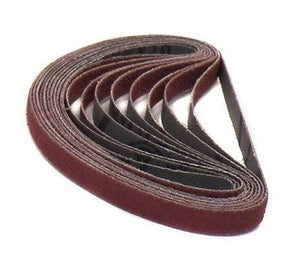High-Quality Sand Grit Belt For Efficient Surface Finishing
Understanding Belt Grit Sand: The Essential Guide
Belt grit sand is an essential material in various industries, particularly in woodworking and metalworking. Understanding the different types of belt grit sand, their applications, and choosing the right grit for your project can significantly enhance your results. In this article, we will explore everything you need to know about belt grit sand.
What is Belt Grit Sand?
Belt grit sand refers to the abrasive particles attached to sanding belts, used for smoothing, shaping, and finishing surfaces. The grit of the sandpaper determines the roughness or fineness of the sanding process. Common materials for grit include aluminum oxide, silicon carbide, and ceramic. Each type of abrasive has unique properties that make it suitable for specific applications.
Types of Belt Grit Sand
Understanding the different types of belt grit sand can help you select the best option for your needs:
- Aluminum Oxide: A durable and versatile abrasive suitable for a wide range of materials, including wood and metal.
- Silicon Carbide: Known for its sharpness and ability to cut through tough materials, often used for sanding plastics and soft metals.
- Ceramic: Ideal for heavy stock removal and finer finishing, providing excellent durability and a longer lifespan.
Understanding Grit Sizes
The grit size of sanding belts plays a crucial role in determining the finish quality. Grit sizes range from coarse (lower numbers) to fine (higher numbers). Here’s a quick breakdown of commonly used grit sizes:
Coarse Grit (40-60)
Coarse grit is ideal for rapid stock removal and heavy sanding tasks. It’s perfect for initial sanding on rough surfaces.
Medium Grit (80-120)
Medium grit is commonly used for general-purpose sanding, providing a good balance between material removal and finish quality.
Fine Grit (150-240)
Fine grit is suitable for final sanding and achieving a smooth finish. It prepares surfaces for painting or staining.
Applications of Belt Grit Sand
Belt grit sand is used in various applications across different industries:
- Woodworking: Used for shaping and finishing wood surfaces, ensuring they are smooth and ready for staining or sealing.
- Metalworking: Essential for removing rust, smoothing welds, and preparing metal surfaces for painting.
- Automotive: Employed in sanding bodywork and refinishing surfaces to ensure a smooth finish before applying paint.
Choosing the Right Belt Grit Sand
When selecting belt grit sand, consider the material you are working with, the desired finish, and the sanding technique. Here are a few tips:
- For initial material removal, start with a lower grit size.
- Gradually move to higher grits for a smoother finish.
- Consider the type of material; use aluminum oxide for wood and ceramic for metal.
Conclusion
Belt grit sand is a vital component for achieving high-quality finishes in woodworking, metalworking, and more. By understanding the different types, grit sizes, and applications, you can make informed decisions that enhance the efficiency and effectiveness of your sanding projects. Whether you're a DIY enthusiast or a professional tradesperson, choosing the right belt grit sand can make all the difference.























